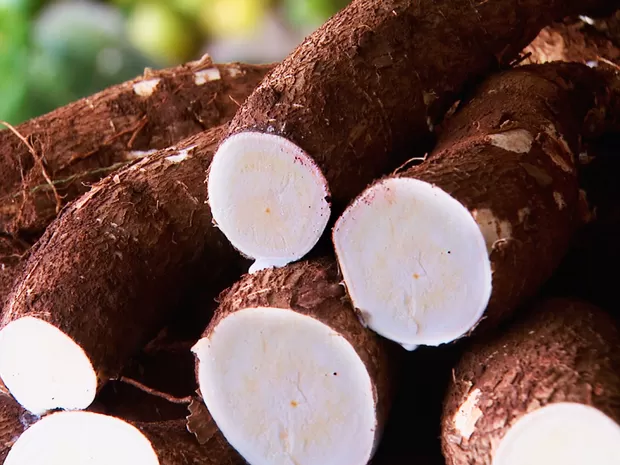Cotton farming in Kenya is a major source of income for thousands of small-scale farmers. It is one of the country’s top cash crops, with around 25,000 bales produced annually.
Despite challenges, the demand for cotton remains high, both locally and internationally. With the right knowledge and inputs, cotton farming can be a highly rewarding agribusiness.
In this guide, we explore how Kenyan farmers can grow cotton successfully, from land preparation to marketing. Whether you’re starting out or expanding, this article offers practical tips for cotton farming in Kenya.

Why Cotton Farming in Kenya Holds Great Potential
Kenya has favorable conditions for cotton farming. The crop thrives in warm temperatures, fertile soils and areas with moderate rainfall. Cotton plays a crucial role in Kenya’s textile industry and supports thousands of rural households. Although most growers are small-scale farmers, the potential for expansion remains high. With proper farming practices and access to markets, cotton can become a key driver of rural development and economic growth.
Main Cotton Growing Regions in Kenya
Several counties across Kenya offer the ideal climate and soil for cotton. These include:
Homa Bay
Siaya
Lamu
Embu
Makueni
Tana River
Kitui
Machakos
Meru
Kirinyaga
Busia
These areas are mainly located in the eastern, coastal and western parts of the country. They offer the right temperature, rainfall and soil type needed for cotton to flourish.
Cotton Varieties Grown in Kenya
Farmers in Kenya can choose from several cotton seed varieties. The commonly grown ones include:
HART 89M
HA 701
HA 211
C567
C569
KSA 81M
C570
C571
Each variety has unique features, such as disease resistance, fiber length and yield potential. Farmers are advised to consult with agricultural officers to select the best seed for their region.
Ecological Conditions for Cotton Growth
Cotton does well in specific environmental conditions. The key requirements include:
Temperature range of 21°C to 27°C
Altitude of 0–1350 meters above sea level
Rainfall of 500–750mm annually
Soil pH of 5.0 to 7.0
Fertile, well-drained black cotton soil
Ample sunlight throughout the growing period
Meeting these ecological conditions increases the chance of a good harvest.
Land Preparation Tips
Prepare your land about one month before planting. Begin by ploughing the soil to a depth of 30–40 cm. After ploughing, harrow the field to break up large clods and achieve a fine soil tilth.
Also, dig furrows to help with water drainage. This is important in preventing waterlogging, especially in flat or low-lying areas.
How to Plant Cotton
Planting starts at the onset of rains. Seeds are usually sown by hand using simple tools like a forked stick or jembe.
For one acre, you will need about 2–3 kg of seed. Space the plants 60 cm between rows and 30 cm within rows. Dig planting holes about 4 cm deep.
Apply either organic or inorganic fertilisers at planting to boost soil fertility. After three weeks, thin the seedlings to remove excess and weak plants.
Common Pests and Diseases
Several pests and diseases affect cotton in Kenya. The major pests include:
Aphids
Thrips
African bollworm
Mealybugs
Whiteflies
Diseases that commonly strike cotton include:
Bacterial blight
Fusarium wilt
Damping off
Anthracnose
Ascochyta blight
African cotton mosaic
You can manage these challenges using recommended pesticides, insecticides, and proper field sanitation. Always follow guidelines to avoid resistance or environmental harm.
Harvesting Cotton in Kenya
Cotton matures in 6 to 8 months. Harvesting is done by hand once the bolls open.
After picking, dry the cotton to reduce moisture content. This step is important for safe storage and good quality grading at the ginnery.
Selling Cotton and Accessing the Market
Cotton in Kenya is mainly sold to ginneries, where it is processed into lint. Farmers can sell directly to operational ginneries or through cooperatives. Cotton is used in spinning, weaving and making garments.
To get good prices, ensure your cotton is clean, dry and free of contaminants. With growing demand from the textile industry, cotton farming remains a viable way to earn steady income.
Cotton farming in Kenya presents great opportunities for income generation and rural development.
By choosing the right varieties, managing pests and diseases and following good farming practices, small-scale farmers can increase their yields and profits.
With proper market access and government support, Kenya’s cotton sector can grow stronger and benefit more farmers across the country.






































